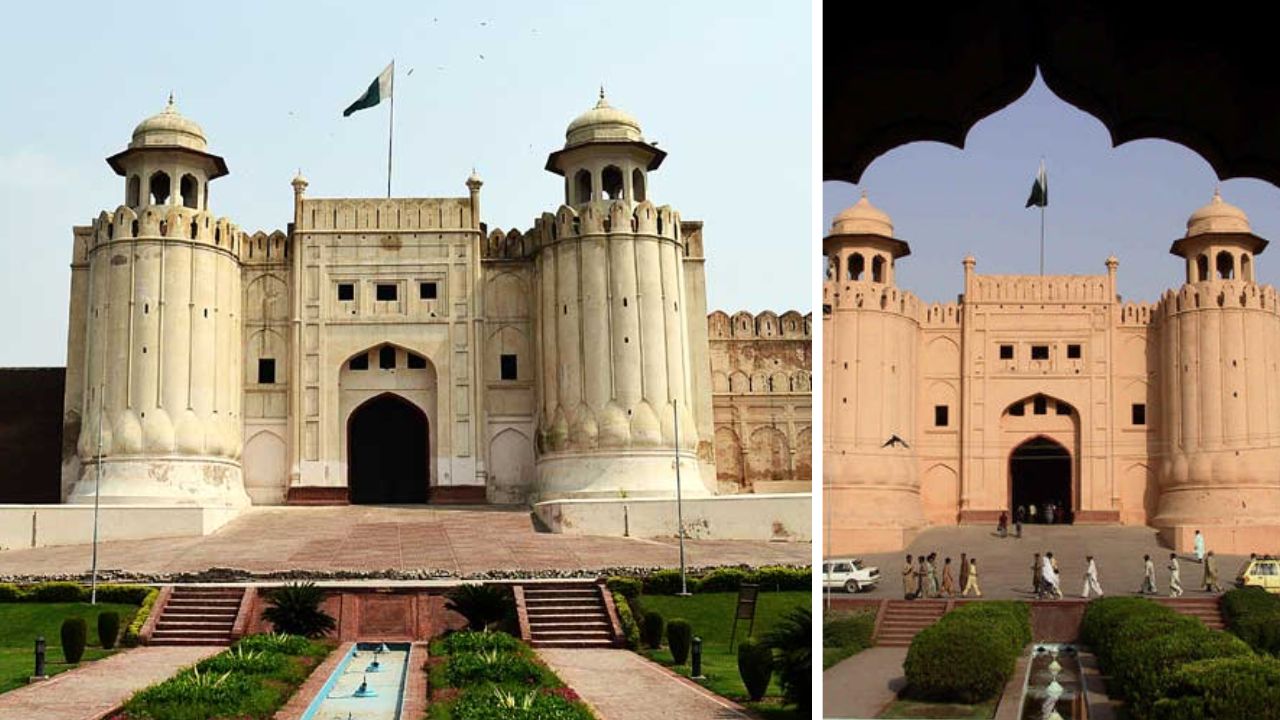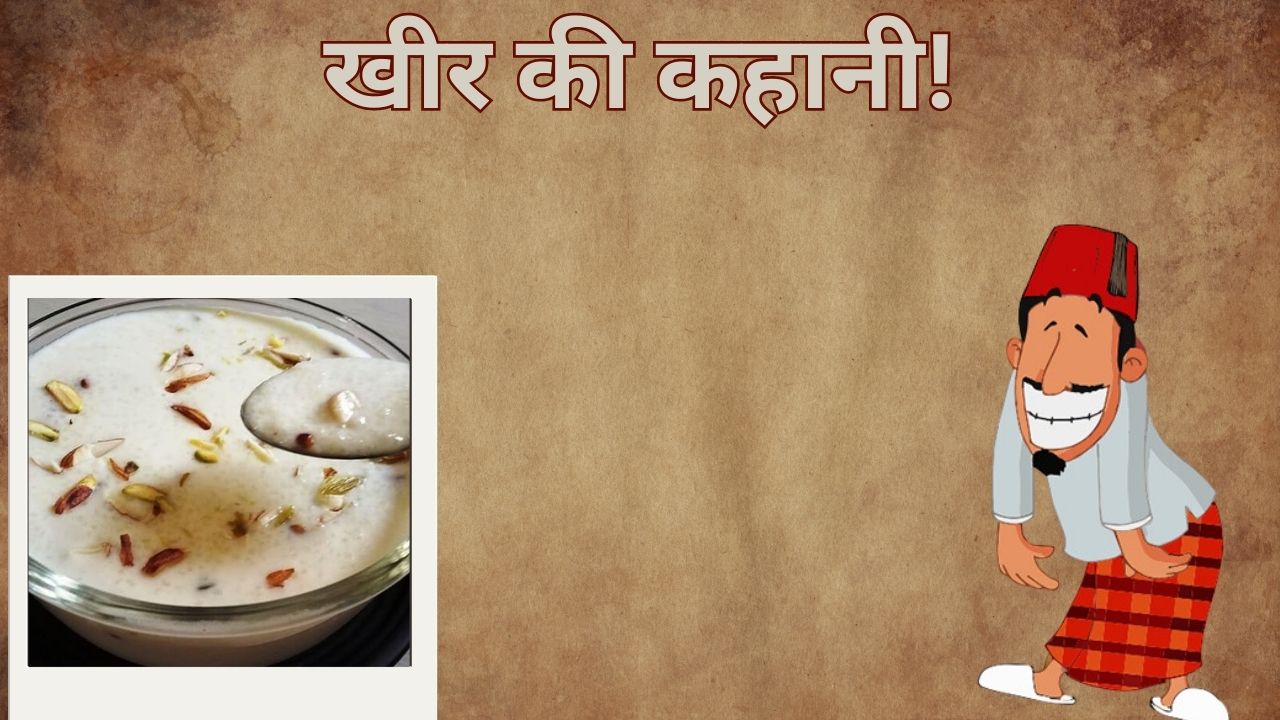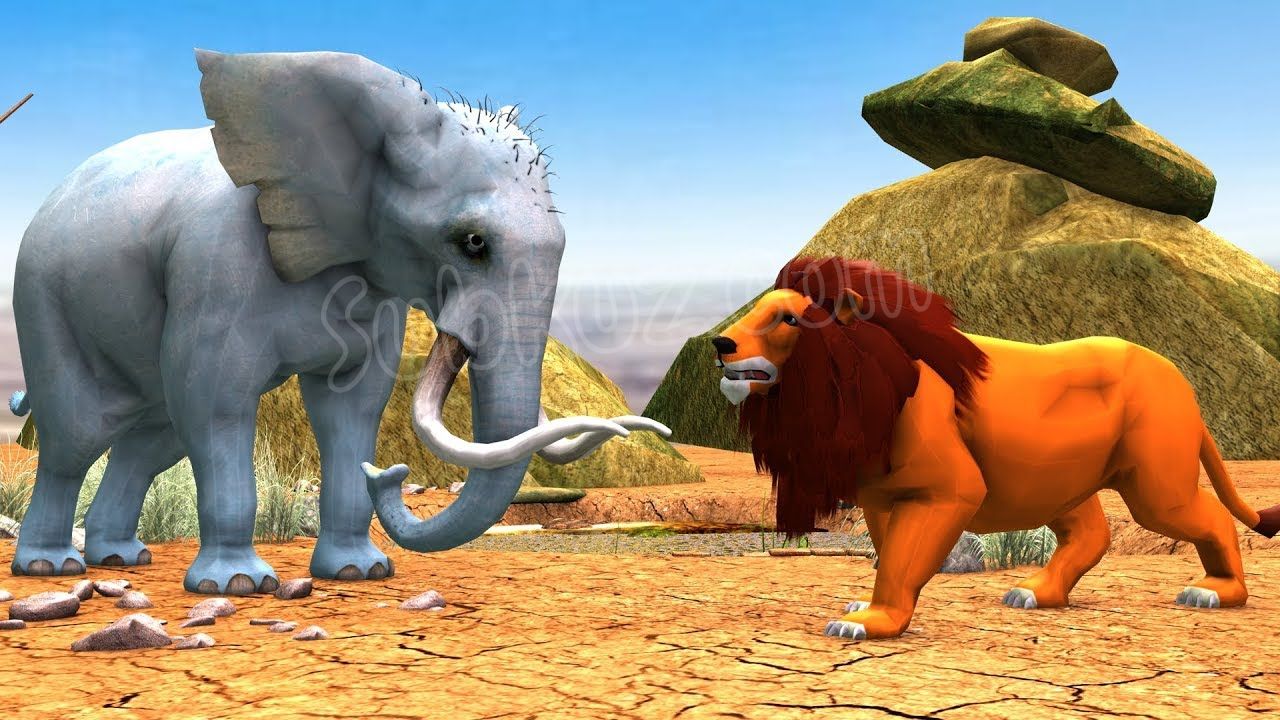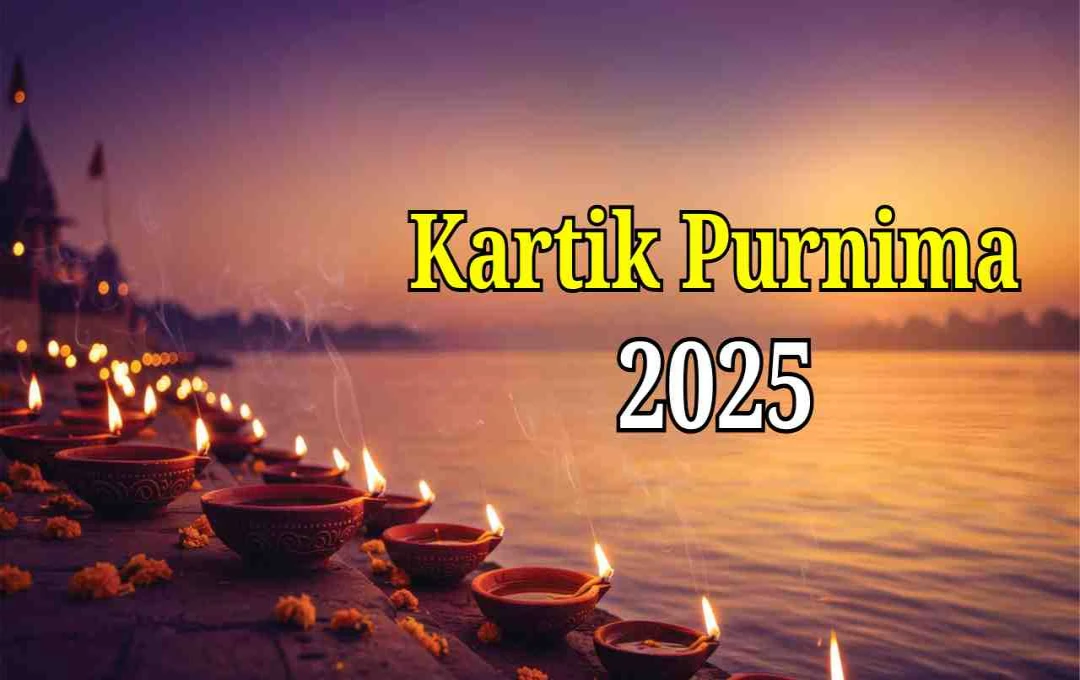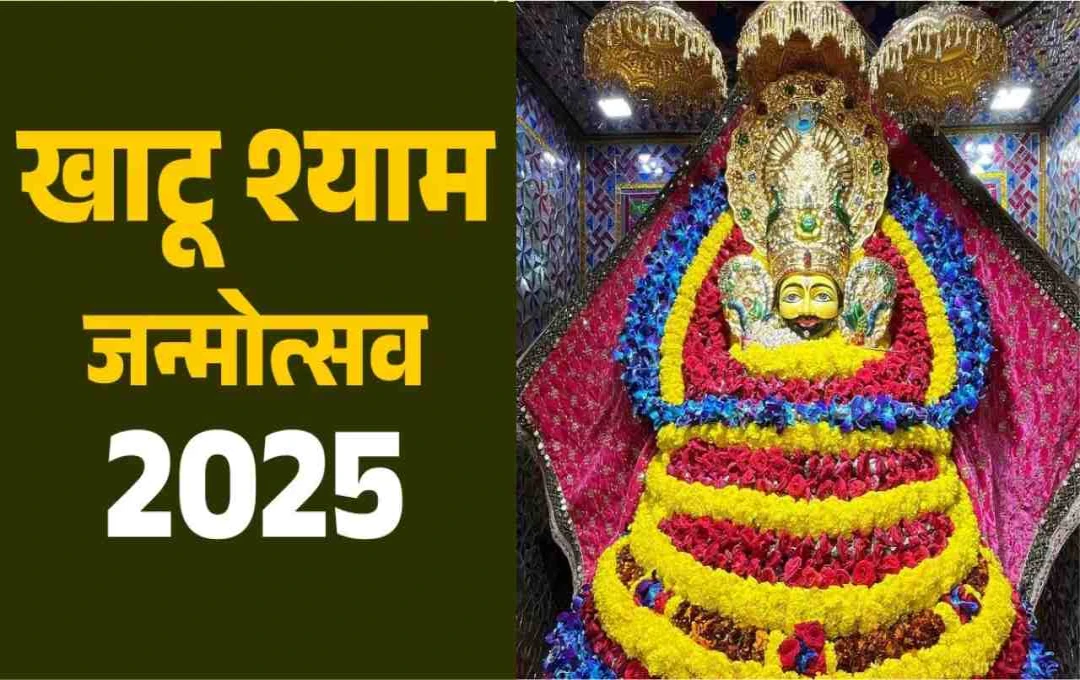History of Lahore Fort and interesting facts related to it
Located in the northwest corner of Lahore, this fort is a prominent landmark. Inside the fort, one can see the Sheesh Mahal, Alamgiri Gate, Naulakha Pavilion, and Moti Masjid. The fort is 1400 feet long and 1115 feet wide. UNESCO included it in the World Heritage List in 1981. It is believed that Akbar had it constructed in 1560 CE. Entry into the fort is through the Alamgiri Gate, built by Jahangir in 1618. The Diwan-i-Am and Diwan-i-Khas are key attractions within the fort.
History of Lahore Fort
The origin of Lahore Fort is unclear, but several historians suggest that many rulers have held sway over it. Historical references to Mahmud of Ghazni, dating back to approximately the 11th century, are the earliest documented connections. During Mahmud of Ghazni's rule, the fort was built of mud. However, in 1241 CE, the Mongols invaded Lahore and took control of the fort. Following this, in 1267, Sultan Balban of the Turkic Mamluk dynasty of the Delhi Sultanate constructed a new fort on the site. However, the fort was destroyed by Timur's invading forces. Subsequently, in 1526, the Mughal Emperor Babur captured Lahore, bringing the fort under Mughal rule. However, the current structure was built by Akbar in 1575 CE. After this, Mughal emperors like Akbar, Shah Jahan, and Aurangzeb added numerous structures and made modifications to the fort over time.
Interesting facts related to Lahore Fort
The fort contains numerous prominent and attractive structures, including the Khilwat Khana, Shah Jahan's quadrangle, Mai Jindan Haveli, Moti Masjid, and Jahangir's quadrangle, among others.
Various kings and emperors have ruled Lahore Fort, resulting in several modifications to its structure over time. Currently, it stands as a UNESCO World Heritage site. All the monuments within the fort display remarkable artistic and aesthetic qualities.
Spanning over 20 hectares, the Lahore Fort boasts 21 notable monuments, each built during the reign of different rulers.
The Lahore Fort is divided into two sections. The first, the administrative section, is directly connected to the main entrance and includes gardens and the Diwan-i-Khas for royal audiences. The second, a private and secluded residential section, is divided into courts to the north and accessible via the Elephant Gate. This section includes the Sheesh Mahal, large bedrooms, and smaller gardens.
The Sheesh Mahal, located within Jahangir's Shah Burj block in the northwest part of the fort, was constructed between 1631 and 1632 CE during Shah Jahan's reign by Mumtaz Mahal's grand Mirzā Ghiyāth Beg and Nūr Jahān's father. Constructed of white marble, its walls are adorned with intricate murals. The Sheesh Mahal is considered one of the most famous monuments within the Lahore Fort.
Adjacent to the Sheesh Mahal within the fort is the Summer Palace, also known as the Fairy Palace. This monument is a maze built by Shah Jahan.
This palace features a sophisticated system of 42 fountains, delivering rose-scented cool water. This design exemplifies the exquisite craftsmanship of the era.
The Khilwat Khana within the fort, built in 1633 CE by Shah Jahan, is located east of the Shah Burj Pavilion and west of the Shah Jahan's quadrangle. During Shah Jahan's reign, it served as the residence for the royal women of the court. Constructed of marble, it includes a vaulted ceiling.
The fort also features the Kala Burj ("Black Pavilion"), a pavilion with a dome-shaped roof featuring paintings of European angels, symbolic of King Solomon's attributes.
King Solomon is regarded as an exemplary ruler in the Quran. The Black Pavilion was used as a summer pavilion.
The outer walls of the fort are adorned with blue Persian tiles. The Mariam Zamani Masjid is located at the main entrance, and the large Alamgiri Gate is linked to the Hazuri Bagh through the majestic Badshah Masjid.
The Naulakha Pavilion, constructed in 1633 CE during Shah Jahan's reign, is crafted from white marble. Known for its distinctive vaulted ceiling, its construction cost approximately 9,00,000 rupees at the time.
The "Picture Wall" within the fort is considered a significant artistic achievement. This monumental wall, which is a considerable portion of the outer wall, is beautifully decorated with dazzling tiles, intricate mosaics, and murals. It was constructed during the reign of Mughal Emperor Jahangir.
Furthermore, the fort houses several other monuments built by the Mughals, including the Akbari Gate and the Alamgiri Gate. The Alamgiri Gate, located on the western side, serves as the main entrance to the Lahore Fort. This gate also integrates elements from the Akbar era, blending Hindu and Islamic architectural motifs.
